At present, the main MCU products that have been put on the market are more than 70 series and more than 500 varieties. This does not include those special-purpose single-chip microcomputers customized by the system or the whole machine manufacturer, and the types of single-chip microcomputers for specialized businesses and specialized markets. Only some common and commonly used microcontroller series are introduced here. (1) 8051 single chip microcomputer The 8051/31 type of single-chip microcomputer first introduced by Intel Corporation is also one of the largest single-chip microcomputers in the world. Because Intel's embedded applications focus on the development of high-end chips compatible with PCs such as 186, 386, Pentium, etc., Intel then licenses 80C51 cores to patents or to many of the world's leading IC manufacturers. Such as Philips, NEC, Atmel, AMD, Dallas, siemens, Fujutsu, OKI, Winbond, LG, etc. Based on the compatibility of PAT and 80C51 MCU, these companies have taken advantage of their own advantages and expanded the peripheral circuits for meeting the requirements of different measurement and control objects, such as A/D for analog input, PWM for servo drive, and high speed. HSL/HSO for input/output control, WDT for serial expansion bus I2C, WDT for reliable program operation, and easy-to-use and inexpensive FlashROM have been developed to develop hundreds of new varieties with different functions. In this way, the 80C51 single-chip microcomputer has become a large family supported by many chip manufacturers, collectively referred to as the 80C51 series single-chip microcomputer. Objective facts show that the 80C51 has become the mainstream of 8-bit microcontrollers and has become the de facto standard MCU chip. (2) MOTOROLA microcontroller MOTOROLA is the world's largest single-chip manufacturer, with a wide variety, a large selection of new products, and many new products. In terms of 8-bit machine, there are 68HC05 and upgraded product 68HC08. 68HC05 has more than 30 series, more than 200 varieties, and the output has exceeded 2 billion pieces. The 16-bit machine 68HC16 also has more than ten varieties. The 683XX series of 32-bit single-chip microcomputers also has dozens of varieties. One of the features of the MOTOROLA microcontroller is that the clock frequency used at the same speed is much lower than that of the Intel-based microcontroller, which makes the high-frequency noise low and strong anti-interference ability, and is more suitable for industrial control and harsh environments. (3) Microchip microcontroller Microchip microcontrollers are the fastest growing microcontrollers in the market. Its main products are 16C series 8-bit single-chip microcomputer, CPU adopts RISC structure, only 33 instructions, its high speed, low voltage, low power consumption, high current LCD driving capability and low-cost OTP technology all reflect the microcontroller industry. Develop new trends. And known for low prices, the price of general microcontrollers is less than one dollar. The PIC microcontroller series introduced by Microchip Corporation of the United States has been available in three series and various models. It is widely used in various fields such as computer peripherals, home appliance control, telecommunications, intelligent instruments, automotive electronics and financial electronics. . Microchip microcontrollers have no mask products, all of which are OTP devices (FLASH microcontrollers have been introduced in recent years - Editor's Note). Microchip emphasizes cost-optimized design, high-volume, low-grade, and price-sensitive products. (4) Atmel microcontroller ATMEL's 90 series MCU is a microcontroller that enhances RISC's internal Flash, usually referred to as AVR MCU. The 90 series MCU is based on the new reduced instruction RISC structure. This architecture was developed in the 1990s to incorporate a new architecture for semiconductor integration technology and software performance that enables AVR microcontrollers to have the highest MIPSmw capability in the 8-bit microprocessor market. (5) NEC microcontroller NEC MCU self-contained system, with the highest output of 8-bit single-chip 78K series, also has 16-bit, 32-bit MCU. More than 16-bit MCUs use internal frequency multiplication technology to reduce the external clock frequency. Some microcontrollers use a built-in operating system. NEC's sales strategy focuses on serving large customers and investing considerable technical force to help large customers develop products. (6) Toshiba MCU Toshiba microcontrollers range from 4-bit microcontrollers to 64-bit microcontrollers. The 4-bit machine still has a large market in the field of home appliances. The 8-bit machine mainly has 870 series, 90 series, etc. This type of single-chip microcomputer allows the use of slow mode, and the power consumption is as low as 10uA when using 32K clock. The use of multiple sets of registers inside the CPU makes interrupt response and processing faster. Toshiba's 32-bit microcontrollers use the MIPS3000ARISC CPU architecture for VCD, digital cameras, image processing and other markets. (7) Fujitsu MCU Fujitsu has 8-bit, 16-bit and 32-bit microcontrollers, of which 8-bit microcontrollers mainly have 3V products and 5V products. 3V products are used in consumer and portable devices, such as air conditioners, washing machines, refrigerators, electric meters, small appliances, etc., 5V product applications. In industrial and automotive electronics. The 8-bit microcontrollers are available in 8L and 8FX series and are the two most common series on the market. 16 mainstream MCUs include MB90F387, MB90F462, MB90F548, MB90F428, etc. These MCUs are mainly 64-pin or 100-pin QFP packages, 1-way or multi-channel CAN bus, and can be extended bus, suitable for elevator, automotive electronic body control and Industrial control, etc. 32-bit single-chip microcomputer adopts RISC structure, the main products are MB91101A, it adopts 100-pin QFP package, ultra-low cost, can expand bus, suitable for POS machine, bank tax control printer, etc.; MB91F362GA, 208-pin QFP package, CAN bus, can External bus, suitable for power and industrial control; MB91F364GA, 120-pin LQFP package, CAN bus, I2C and other rich communication interfaces, support low-cost online simulation technology (AccemiCMDE), widely used in various high-performance and low-cost requirements application. Fujitsu focuses on serving large companies and large customers to help large customers develop products. MCU and people's lives have been integrated. From digital alarm clocks to electric toothbrushes and electric shavers; from door locks, parking sensors, ABS, to on-the-road traffic control, radar speed and traffic flow monitors; factory automation and lighting control from home and office applications (such as fluorescent lamps, ballast control, emergency lights, etc.), implantable cardioverter defibrillators, gastroscopes, etc. in home health care, as well as mobile phones, fire control systems, smoke alarms, etc. Play an important role in it. For embedded applications such as consumer, automotive, office automation, industrial control and telecommunications, the potential market demand is 4.8 billion pieces per year, and the actual annual supply is only 300 million pieces. Therefore, the future of the microcontroller market is promising. According to a joint survey by In-Stat and Microchip, the number of microcontrollers used in each car was about 30 in 2006. By 2010, this number is expected to increase to 45; in 2010, the microcontroller used in global consumer applications. The number is expected to reach 4.156 billion, and the number of microcontrollers used in PCs and peripherals will reach approximately 2.566 billion. The number of microcontrollers used in mobile phones will reach 1.64 billion, and the industrial applications are expected to reach 1.085 billion. When you leave the microcontroller, people will not be able to imagine what life will be like! The future development prospects of single-chip microcomputers Although the above data has been several years away, the demand for the current market conditions can only be larger and larger. After all, no matter which industry is in the direction of intelligent development, It can only be more or less. Let's take a look at some of the product technologies that are coming to market or already on the market. First of all, the Microsoft Vista operating system is available, providing the Instanton function for the majority of PC users, which will become the most important system upgrade since Y2K. Second, the two major game platforms were released, including Sony's Playstation3 and Mintendo's Wii, which integrates Microsoft Xbox360, released a year ago. What is the future development prospect of single-chip microcomputer? Third, Apple is about to release an iPod with mobile phone features, and Microsoft's latest Zune MP3 player will soon be available. Fourth, new consumer electronics products, including ultra-flat flat-panel TVs with HD reception, Blu-RayDVD recorders, and HDDVD high-definition DVDs, will be available soon. Fifth, more emerging technologies such as Internet telephony and digital switching mode power supplies are widely used and implemented. The future development prospects of single-chip microcomputers The above-mentioned many market factors provide a good opportunity and conditions for the rapid development of the single-chip market. In addition, because distributors and consumers' inventory levels are at their lowest point in history, this will undoubtedly drive and promote the arrival of another semiconductor demand peak since the high-tech wave in the late 1990s. Operator The arithmetic unit is composed of an arithmetic component, an arithmetic logic unit (Arithmetic & Logical Unit, ALU), an accumulator, and a register. The role of the ALU is to perform arithmetic or logic operations on the incoming data. The input source is two 8-bit data from the accumulator and the data registers. The ALU can perform operations such as adding, subtracting, and/or comparing the two data, and finally storing the result in the accumulator. For example, the two numbers 6 and 7 are added. Before the addition, the operand 6 is placed in the accumulator, and 7 is placed in the data register. When the addition instruction is executed, the ALU adds the two numbers and the result 13 Store in the accumulator, replacing the original content of the accumulator. The operator has two functions: (1) Perform various arithmetic operations. (2) Perform various logic operations and perform logic tests, such as zero value test or comparison of two values. All operations performed by the operator are commanded by control signals from the controller, and an arithmetic operation produces an operation result, and a logic operation produces a decision. Controller The controller consists of a program counter, an instruction register, an instruction decoder, a timing generator, and an operation controller. It is a "decision-making body" that issues commands, that is, coordinates and directs the operation of the entire microcomputer system. Its main functions are: (1) Take an instruction from memory and indicate the location of the next instruction in memory. (2) Decode and test the instructions and generate corresponding operational control signals to facilitate the specified actions. (3) Direct and control the direction of data flow between the CPU, memory, and input and output devices. The ALU, the counter, the register and the control part are interconnected by the internal bus in the microprocessor, and are connected to the external memory and the input/output interface circuit through the external bus. The external bus is also called the system bus and is divided into a data bus DB, an address bus AB, and a control bus CB. It is connected to various peripheral devices through input and output interface circuits. Main register (1) Accumulator A Figure 1-2 Block diagram of the microcontroller Accumulator A is the most frequently used register in the microprocessor. It has dual functions in arithmetic and logic operations: it is used to store an operand before the operation; it is used to save the resulting sum, difference or logical operation result. (2) Data register DR A data register is a temporary storage unit that sends (writes) or fetches (reads) data to a memory and an input/output device through a data bus. It can hold an instruction being decoded, or save a byte of data being sent to memory, and so on. (3) Instruction register IR and instruction decoder ID Instructions include opcodes and operands. The instruction register is used to save an instruction that is currently executing. When an instruction is executed, it is first fetched from memory into the data register and then transferred to the instruction register. When the system executes a given instruction, the opcode must be decoded to determine the required operation, and the instruction decoder is responsible for this task. The output of the opcode field in the instruction register is the input of the instruction decoder. (4) Program Counter PC The PC is used to determine the address of the next instruction to ensure that the program can continue to execute continuously, so it is often referred to as the instruction address counter. The memory location of the first instruction of the program (ie, the first address of the program) must be sent to the PC before the program begins execution, so that it always points to the address of the next instruction to be executed. (5) Address register AR The address register is used to store the address of the memory unit or I/O device that the current CPU is to access. Since there is a difference in speed between the memory and the CPU, the address register must be used to hold the address information until the memory read/write operation is completed. Obviously, the address register and the data register are used when the CPU stores data to the memory, the CPU accesses the data from within, and the CPU reads the instruction from the memory. Similarly, if the address of the peripheral device is used as the memory address unit, then the address register and the data register are also needed when the CPU and the peripheral device exchange information.
The TPU materials type raw cable jacket can guarantee longer lifetime and quality. Coiled cable can be used to carry electrical currents as well as data and signal for telecommunications applications. This versatility makes coil cords ideal for use in environments that are often too rough for non-coiled cable.
It has the ability to extend beyond the natural length at rest, which can be a real space-saving feature. These cords are flexible beyond simple extending and retracting in that they can also be pulled, bent, and twisted without experiencing the metal fatigue of a straight cable.
Flex Coiled Cable Assembly, coiled cable harness, flex coiled wiring cable,High Quality Electrical Wire Harness,light-duty coiled cables ETOP WIREHARNESS LIMITED , https://www.wireharness-assembling.com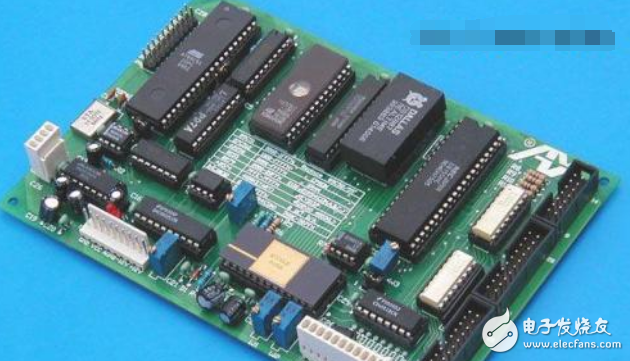
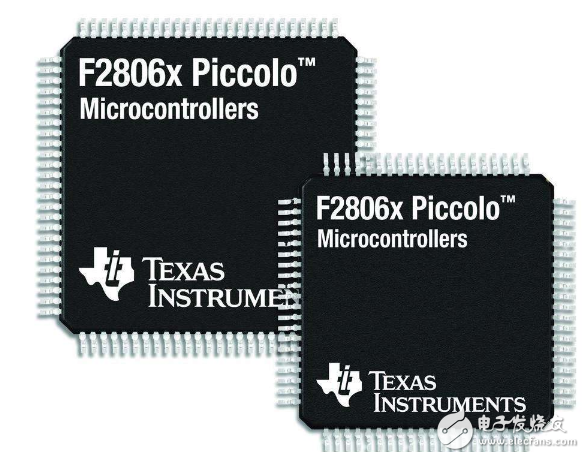
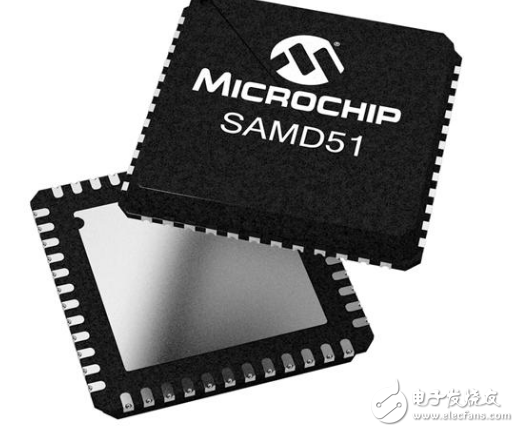
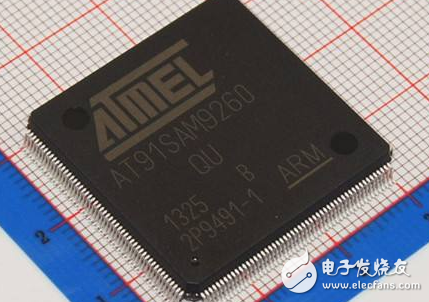
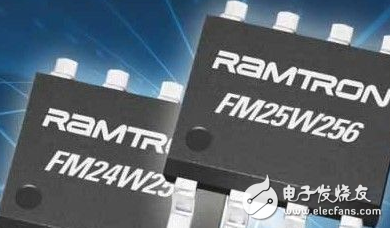
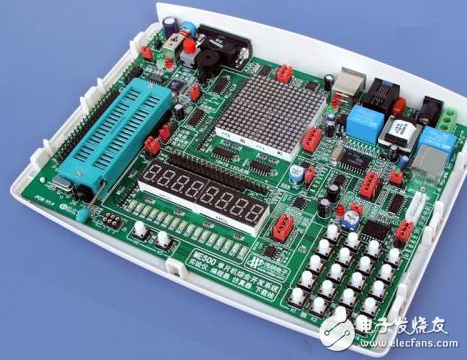
Introduction to several mainstream microcontrollers
September 19, 2023